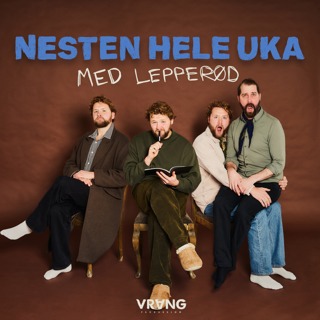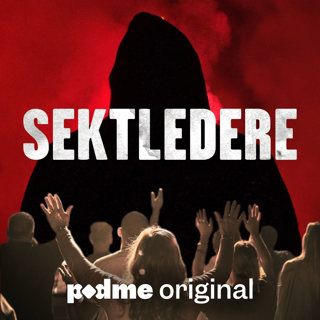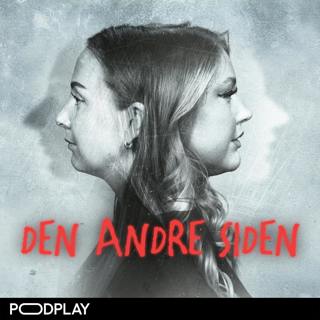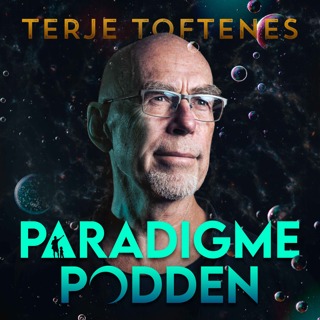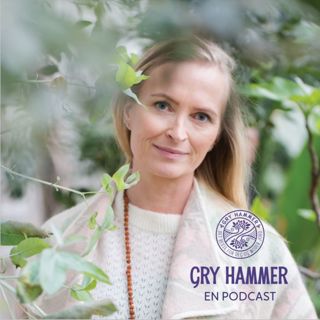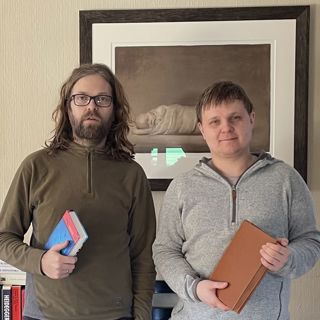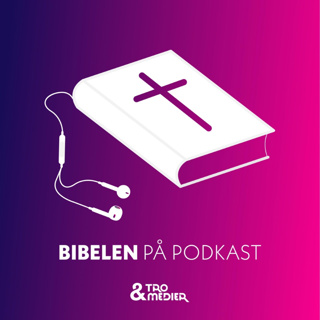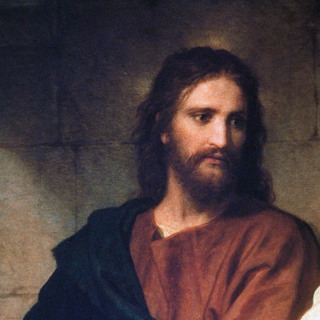
Obedience and Freedom: Discovering Your True Self in Jesus Christ
Obedience and Freedom: Discovering Your True Self in Jesus Christ This Homily explores Jesus’ message from the Gospel where He declares that those who believe in Him . . . . . . will find freedom through truth . . . truth that is found in Him. Jesus teaches that sin enslaves, but by remaining in Him, one can be set free. This freedom is not simply the ability to do whatever one pleases, but the freedom to live rightly, to find peace even with past mistakes, and to become one’s true self. Choosing to Obey God The homily also highlights the example of the three young men in the fiery furnace who chose to obey God over man . . . even if it meant death. Their statement, “even if God does not save us, we will still not worship your gods,” emphasizes a faith not based on outcomes but on unwavering trust in God’s goodness. True freedom, then, is the ability to remain faithful, regardless of circumstances, anchored in the trust that God’s will is always good. Listen to this Meditation Media. Listen to: Obedience and Freedom: Discovering Your True Self in Jesus Christ -------------------------------------------- image: Christ And The Rich Young Ruler (cropped): German Painter: Heinrich Hoffman: 1899 -------------------------------------------- Gospel Reading: John 8: 31-42 First Reading: Daniel 3: 14-20, 91-92, 95
14 Apr 11min
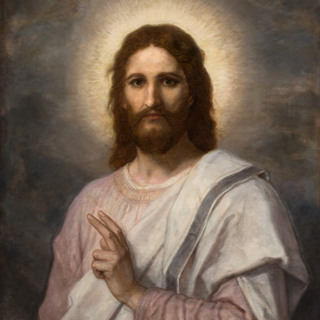
The Lord Who Orders Time: Letting Jesus Christ Be First in All
The Lord Who Orders Time: Letting Jesus Christ Be First in All This Homily explores the profound theological claim made by Jesus in the Gospel . . . . . . that He is not simply another figure in the historical lineage of Israel (like Abraham, Moses, or the prophets), but rather the origin and end of all history. It challenges our typical understanding of cause and effect, flipping our view of history upside down: Jesus, though born in time, precedes all things as the eternal Word. The homily urges believers to recognize that Jesus is not the product of human history, but the source of it. Everything in salvation history . . . from Abraham’s call to the prophets’ proclamations . . . exists because of Christ. Everything in Salvation History This revelation proves difficult, even offensive, to those who thought they understood God and themselves. The discomfort arises because Jesus demands the highest place in our hearts, above all else: family, tradition, identity, or even goodness itself. To sin is to elevate something lesser above Christ. Thus, the message ends with a call to reorder our loves and priorities, especially as Lent concludes—acknowledging Jesus as the beginning, the fulfillment, and the only true healer of our hearts. His journey to The Cross was no accident, but a chosen act of love for our salvation. Listen to this Meditation Media. Listen to … The Lord Who Orders Time: Letting Jesus Christ Be First in All ------------------------------------------------------ image: Jesus Christ: German Artist and Painter: Heinrich Hoffman: 1894 Oil painting currently resides in The Riverside Church, New York City.
14 Apr 24min
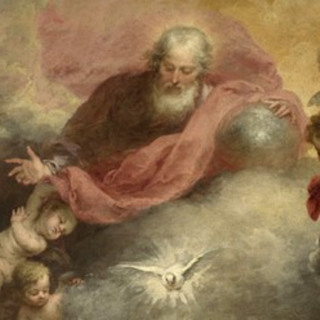
Public Faith, Private Strength: Living as Children of God
Public Faith, Private Strength: Living as Children of God The Homily begins by reflecting on the daily act of making choices, . . . . . . beginning with a personal story about struggling to wake up early for school. This serves as a metaphor for the broader and more meaningful choices we face in life, such as choosing to be kind, forgiving, and generous. However, the most crucial decision is choosing God. God’s Children Choosing God brings not only spiritual benefits, such as being gathered, cleansed, and made into God’s children, but also emotional strength and confidence . . . much like the boost we feel when a parent is present and supportive. The Homily continues and draws parallels between this and recognizing God’s constant presence. We hear briefly the biblical story of Jesus raising Lazarus, and true faith requires more than good works; it demands a public and unwavering profession that Jesus is the Son of God. This faith should be visible even in ordinary moments, like praying before meals in public. The season of Lent is highlighted as a special time to renew this choice for God, affirming that only in Him do we find true fulfillment and salvation. Listen to this Meditation Media. Listen to: Public Faith, Private Strength: Living as Children of God ------------------------------------ image: God The Father (cropped): Spanish Painter: Bartolomé Esteban Murillo, 1618-1682 ------------------------------------ Gospel Reading: John 11: 45-56 First Reading: Ezekiel 37: 21-28
14 Apr 12min

Reigning Through Love: Jesus’ True Model of Leadership in Holy Week
Reigning Through Love: Jesus’ True Model of Leadership in Holy Week Today the Church marks the beginning of the celebration of the Paschal Mysteries . . . . . . Christ’s suffering, death, burial, resurrection, ascension, and the outpouring of the Holy Spirit. It emphasizes two key themes from the Gospel of Luke: -1- Jesus as a Humble King: Unlike worldly leaders who often seek power at the expense of others, Jesus demonstrates a kingship rooted in humility, love, and self-sacrifice. His leadership resonates with the hearts of the people, offering them hope and salvation. -2- Jesus’ Innocence and the Eucharistic Kingdom: Luke highlights Jesus’ innocence repeatedly throughout His Passion. From Pilate, Herod, a repentant thief, and a Roman centurion—all recognize His blamelessness. Despite being unjustly condemned, Jesus offers Himself through the Eucharist, declaring, “This is my body… this is my blood.” His innocent sacrifice brings redemption to all. We are reminded that true leadership mirrors Christ . . . leading with compassion and integrity. And ultimately, our salvation lies not in our own righteousness but in the innocent sacrifice of Jesus. Listen to this Meditation Media. Listen to: Reigning Through Love: Jesus’ True Model of Leadership in Holy Week ----------------------------------------------------------- image: Behold the Man: Ecce Homo: Hungarian Painter: Mihály Munkácsy: 1896
13 Apr 10min
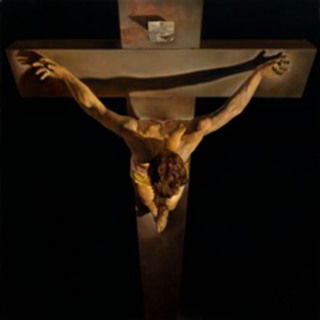
Part 2: After Completing 5 Weeks of Lent: Preparing for the Actual Mystery of Holy Week: Conf #6
After Completing the First 5 Weeks of Lent: Preparing for the Actual Mystery of Holy Week: Lenten Conference #6: Part 2 In Silence and Fire: Encountering Christ in the Holy Days This is Part 2 of this conference, given just before Holy Week. This conference continues by capturing a rich and passionate reflection on the liturgical depth and spiritual symbolism of the Good Friday and Easter celebrations within the Catholic Church. We are led within a powerful journey through the Paschal Triduum, beginning with the veiling and gradual unveiling of the crucifix during the Good Friday liturgy. This ritual highlights the unfolding mystery of Christ’s passion, encouraging believers to first understand, pray, and unite their hearts with Jesus’ sacrificial love before visually encountering the cross. The Good Friday Liturgy The Good Friday liturgy is marked by solemn intercessions for all humanity, affirming the universal reach of Christ’s redemptive act. The veneration of the single crucifix serves as a profound moment of communal reverence, underscoring the singularity of Christ’s sacrifice. The Easter Vigil is celebrated with grandeur and symbolism—starting with the blessing of a new fire and the lighting of the Paschal candle, representing the risen Christ. Through light, scripture, and sacramental renewal, the liturgy transitions the faithful from darkness to light, death to resurrection. This includes the renewal of baptismal vows and the sprinkling with holy water, symbolically cleansing the ashes of Lent and marking spiritual rebirth. The Church also reflects on the value of sitting in silence before an empty tabernacle on Holy Saturday morning, recognizing the rare spiritual weight of absence. The entire experience is portrayed as an invitation to deeper renewal, awareness, and joyful participation in the mysteries of faith. Listen to this Lenten Season Friday Devotional Conference: Listen to Part 2 … After Completing the First 5 Weeks of Lent: Preparing for the Actual Mystery of Holy Week: Lenten Conference #6 ------------------------------------------------------ Image: Christ of St. John of The Cross: Spanish Painter: Salvador Dalí: 1951 The painting is known as the Christ of Saint John of the Cross, because its design is based on a drawing by the 16th-century Spanish friar John of the Cross. Note: This is a low-resolution picture for copyright purposes. ------------------------------------------------------ Note: This marks the Sixth and Final Friday of the current Lenten Season, featuring special formation conferences covering a range of seasonal topics. Select the Friday Lenten Season Link below to see all conferences captured to date. ------------------------------------------------------ Part 2 of 2
12 Apr 36min

Part 1: After Completing 5 Weeks of Lent: Preparing for the Actual Mystery of Holy Week
After Completing the First 5 Weeks of Lent: Preparing for the Actual Mystery of Holy Week: Lenten Conference #6 Entering the Mystery: A Journey Through Holy Week This is Part 1 of this conference, given just before Holy Week. The conference delves deeply into the liturgical, historical, and spiritual significance of the days leading up to and including the Triduum: Palm Sunday, Holy Thursday, Good Friday, and the beginning of the Easter celebration. Key themes include: • The centrality of Easter Sunday in Christian life, considered the most important holy day from which all others flow. • Palm Sunday of the Lord’s Passion, highlighting the liturgy’s symbolic movements and how they transition the faithful from celebration to solemnity. • The significance of movement and ritual, such as the procession and the use of physical gestures like kneeling and walking to mirror spiritual journeys. • Holy Thursday, particularly the Mass of the Lord’s Supper, the institution of the Eucharist, the washing of feet, and the transition from Lent into the Paschal Triduum. • Good Friday, emphasizing the unique nature of the day—its silence, absence of the Mass, and focus on the priesthood and sacrifice of Christ. The reflection weaves theological insight with liturgical instruction, urging the faithful to enter into the mysteries of the Passion with body, mind, and spirit. Listen to this Lenten Season Friday Devotional Conference: Listen to Part 1 … After Completing the First 5 Weeks of Lent: Preparing for the Actual Mystery of Holy Week: Lenten Conference #6 -------------------------------------------- image: Christ of St. John of The Cross: Spanish Painter: Salvador Dalí: 1951 The painting is known as the Christ of Saint John of the Cross, because its design is based on a drawing by the 16th-century Spanish friar John of the Cross. Note: This is a low-resolution picture for copyright purposes. -------------------------------------------- Note: This marks the Sixth and Final Friday of the current Lenten Season, featuring special formation conferences covering a range of seasonal topics. Select the Friday Lenten Season Link below to see all conferences captured to date. -------------------------------------------- This Audo is Part 1 of 2.
12 Apr 58min
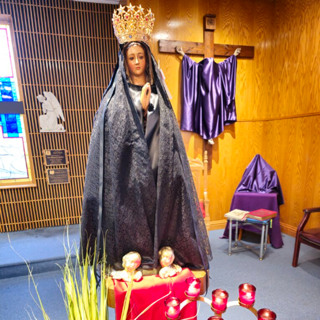
Veiling the Mystery: Passiontide: Why the Church Covers the Cross Before Easter
Veiling the Mystery: Passiontide: Why the Church Covers the Cross Before Easter This Homily explains the Catholic tradition of covering statues and crucifixes . . . . . . during the final part of Lent, known as Passiontide. The veiling symbolizes the Church’s recognition that we do not yet fully understand the mystery of Christ’s cross and passion. The action of covering — and later unveiling — represents a spiritual journey from blindness to sight, ignorance to understanding, and distance to intimacy with Jesus. Hear more within the media. The Church emphasizes that while humans often think they know and understand Jesus, true knowledge of Him requires humility and openness. The passion readings reveal this struggle, with examples like Jeremiah’s persecutors, the divided crowd confronting Jesus, and Nicodemus — a figure caught between belief and doubt. Ultimately, the cross acts like a key: only through its mystery can we unlock a fuller understanding of Jesus, His mission, and our faith. Listen to this Meditation Media. Listen to: ------------------------------------------ Image: Veiling the Mystery: Passiontide: Why the Church Covers the Cross Before Easter Notice the purple coverings of the Cross and other icons on the altar. ------------------------------------------ Gospel Reading John 7: 40-53 First Reading Jeremiah 11: 18-20
8 Apr 23min
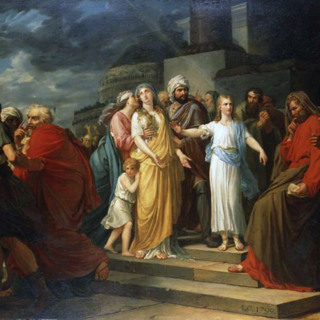
Gardens of Trial: From Eden to Daniel’s Vindication of Susanna
Gardens of Trial: From Eden to Daniel’s Vindication of Susanna The Homily explores the theme of testimony and witness in Scripture, . . . . . . particularly focusing on the story of Susanna from the Book of Daniel and its parallels to other biblical narratives. The homily highlights that to “testify” means to bear witness, often in challenging situations. It draws comparisons between Susanna’s trial in the garden and the story of Adam and Eve, illustrating how gardens in Scripture symbolize both innocence and testing. The Homily also explains how this impacts our own Spiritual Journey. Susanna faces the corrupt testimony of two elders, paralleling Satan’s deceit in Eden. Despite being threatened, she chooses faithfulness over survival, trusting in God’s justice rather than succumbing to sin. Daniel’s intervention represents the arrival of new wisdom and God’s vindication of the righteous. The reflection challenges believers to resist compromise, remain faithful even in exile (spiritual or physical), and to discern truth beyond appearances. Listen to this Meditation Media. Listen to: Gardens of Trial: From Eden to Daniel’s Vindication of Susanna ------------------------------------------------- image: Daniel Saving Susanna: French Artist and Painter: François Pascal Simon Gérard: 1770-1837 ------------------------------------------------- Gospel Reading John 8: 12-20 First Reading Daniel 13: 1-9, 15-17, 19-30, 33-62
8 Apr 25min


